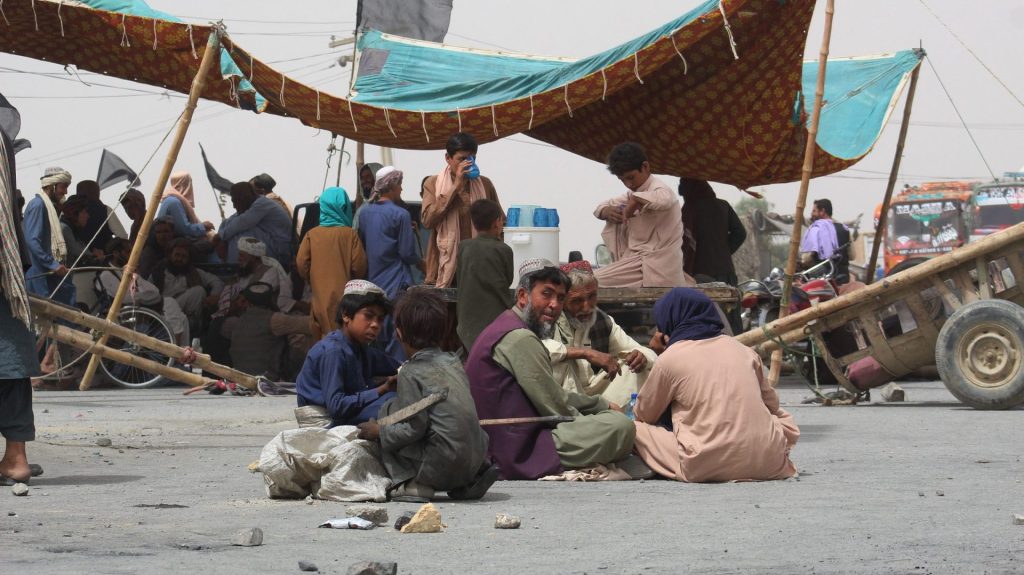Afghanistan’s Tumultuous Year and Its Challenges Ahead
Rising Security Threats
Afghanistan faced a chaotic 2024, with a surge in violence led by ISIS-Khorasan (ISIS-K). The group conducted at least 19 attacks targeting Hazara and Shia civilians, Sufi followers, Taliban officials, and foreign nationals. A high-profile attack was the assassination of Khalil Rahman Haqqani, a senior Taliban leader and brother of Haqqani Network founder Jalaluddin Haqqani.
The United Nations reported 8,650 security incidents between November 2023 and November 2024, marking increased instability. ISIS-K was blamed for many of these incidents, including the deaths of 156 civilians and injuries to 426 others.
Escalation of Pakistan-Afghanistan Hostilities
Relations between Pakistan and Afghanistan worsened in 2024. Pakistan launched airstrikes inside Afghanistan following attacks by the Pakistani Taliban. In retaliation, the Afghan Taliban targeted Pakistani border areas, intensifying tensions.
Taliban’s Internal Struggles
The Taliban leadership showed signs of division over policies on women’s rights and medical education. Sirajuddin Haqqani, once considered a hardliner, is now seen as a moderate within the group. These fractures add to the Taliban’s challenges in maintaining control and addressing security threats like ISIS-K and al Qaeda.
Diplomatic Struggles and Limited Recognition
Despite international summits in Doha, Moscow, and Tehran, the Taliban failed to gain global recognition as Afghanistan’s legitimate government. Sharp divisions among U.N. Security Council members further complicated the issue.
In December 2024, Russian President Vladimir Putin signed legislation allowing the potential removal of the Taliban from the official list of terrorist organizations. Earlier in February, Chinese President Xi Jinping accepted credentials from the Taliban’s envoy. These moves could prompt neighboring countries like Iran and Central Asian republics to recognize the Taliban.
Armed Resistance and Human Rights Violations
Opposition groups like the National Resistance Front and the Afghanistan Freedom Front carried out multiple attacks on Taliban forces. Reports from the U.N. documented cases of torture, extrajudicial killings, and arbitrary detentions by the Taliban.
A Dire Humanitarian Crisis
Afghanistan’s humanitarian situation remains one of the worst globally. Over 28 million people depend on aid to survive. Food insecurity affects 14.8 million individuals, with nearly half the population requiring urgent assistance.
Years of economic decline since the Taliban’s 2021 takeover have worsened unemployment and poverty. Despite minor signs of economic recovery, Afghanistan’s financial system remains isolated, and international funding is scarce.
Climate Challenges and Water Crisis
The nation is grappling with its fifth consecutive year of drought, alongside natural disasters like floods and earthquakes. A La Niña episode in 2025 could worsen conditions, reducing crop yields and raising food prices. Over-extraction and poor water management have led to severe water shortages, affecting millions.
The Qosh Tepa irrigation canal project threatens to escalate tensions with water-scarce neighbors Turkmenistan and Uzbekistan. Uzbekistan has already expressed concerns about excessive water loss and soil salinization due to the project.
Regional Connectivity Projects at Risk
Key regional projects, including the Trans-Afghan Railway, the TAPI gas pipeline, and the Turkmenistan-Afghanistan-Pakistan power line, face delays. Improved Pakistan-Afghanistan relations are crucial to these initiatives. However, disputes over shared borders and the status of 1.45 million Afghan refugees in Pakistan complicate matters.
The Role of Global Powers
The Taliban expressed hope for improved U.S.-Afghanistan relations under the incoming Trump administration. A spokesman for the Islamic Emirate called for “realistic steps” to enhance ties between the two nations.
As Afghanistan enters 2025, its challenges remain immense. Security threats, humanitarian crises, economic instability, and regional dynamics will test the country’s resilience and the global community’s response.


